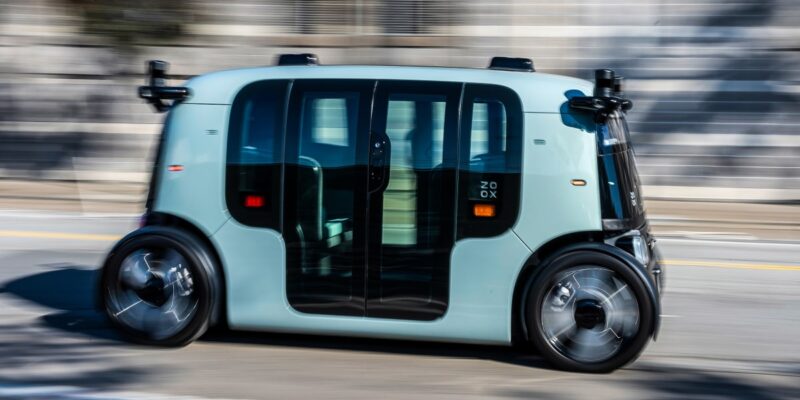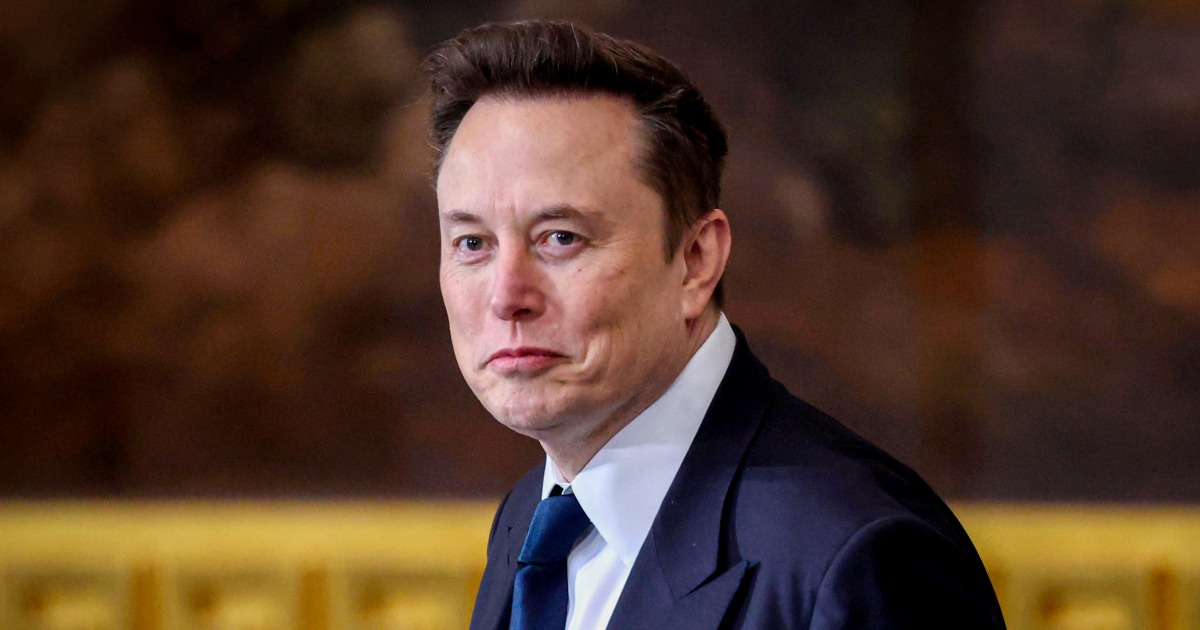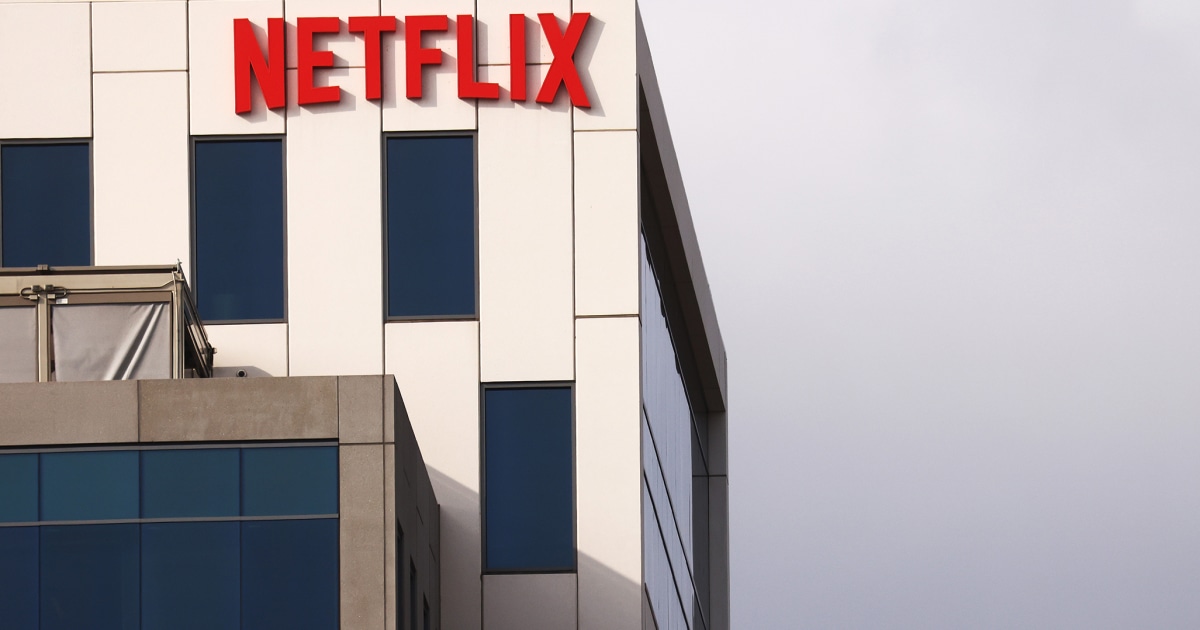
LAS VEGAS — This year is expected to be a crucial one for Amazon’s autonomous vehicle unit Zoox, as the company plans to grow its operations and commercialize its robotaxi business.
Zoox is aiming to begin offering rides to the public “quite soon,” expand its operating regions and “significantly” grow its self-driving vehicle fleet from the couple dozen it currently operates in 2025, according to co-founder and Chief Technology Officer Jesse Levinson.
“That’s a lot of work, but we’re excited for that,” Levinson said during a 40-minute drive around Las Vegas in one of the company’s robotaxis. “We’re pretty happy with the progress we’ve made.”
Zoox’s plans come even as some investors have lost enthusiasm for autonomous vehicles, and they’re not alone as legacy automakers such as General Motors, Ford Motor and Volkswagen have disbanded self-driving units in recent years.
Zoox, founded a decade ago and purchased by Amazon for $1.3 billion in 2020, has been testing its purpose-built robotaxis on public roads since early 2023. It is currently testing the vehicles, which do not include manual controls such as a steering wheel or pedals, in three cities: Las Vegas; San Francisco; and Foster City, California, where it is headquartered.
Las Vegas is expected to be Zoox’s first commercial market. The company is hoping to launch an “Early Rider Program” in Sin City in the coming months before opening it up to the general public later this year. San Francisco, where Zoox began testing in November 2024, will follow, the company said.
Levinson said Zoox also is eyeing an expansion to Miami; Austin, Texas; and others, but the company has not announced a set timeframe for those cities.
“Hopefully by the end of this decade, if you’re in most of the major cities in the U.S., this will be your favorite way to get around,” Levinson said.
Amazon does not publicly disclose its investments in Zoox or other early-stage business, saying such investments are viewed as emerging, long-term initiatives to assist the company and its customers.
Riding in a robotaxi
The Zoox robotaxi differs from others, as it was developed from the start to not have a human driver. That is a different path from Alphabet-backed Waymo — the U.S. leader in robotaxis — which has retrofitted traditional vehicles to have autonomous vehicle capabilities.
Some have described vehicles such as Zoox’s robotaxis as “boxes” or “toasters.” The doors open from the middle, with rows of seats facing each other, and there’s no space for a driver. GM’s Cruise also had plans to launch such a vehicle, the Origin, but canceled production as the company faced problems following an accident involving a pedestrian in October 2023.
“The vehicle itself, I think, is quite interesting,” Sam Abuelsamid, an autonomous expert and vice president of market research at Telemetry Insights, said about Zoox. “It’s kind of the right size of vehicle, the right kind of form factor.”
During a sunny morning driving around the outskirts of the Las Vegas Strip, the Zoox autonomous vehicle handled well. It made turns as it should and drove assertively, but not aggressively. There were some questionable choices during the ride, such as opting to stay in a long line of vehicles and not navigating around a large trailer, but overall, the vehicle operated as it should.
Driving assertively is something the Amazon-backed company has been working on during years of testing, Levinson said. An autonomous vehicle cannot break laws like many human drivers, but it also cannot be too cautious or aggressive because that can lead to accidents or incidents with other human drivers.
Future of the business
If Zoox can grow as planned this year and begin commercial operations, it would arguably be a far second in the robotaxi business to Waymo.
“I don’t want to imply that it’ll be a commercially meaningful business this year … but it’s going to be useful in terms of customers will be able to get value out of it and actually use it to go places. We’re excited for that,” Zoox’s Levinson said. “We’ve taken a pretty conservative and steady approach to scaling and rolling out, just because of the safety-critical nature.”
GM’s Cruise autonomous vehicle unit was considered a leader with Waymo until the company grounded its robotaxi fleet and announced the end of its commercial operations late last year. That came after a October 2023 accident in which external probes found the company misled or deceived regulators about the incident.
Offering public rides is just another step in the challenging commercialization of autonomous vehicles. Waymo started offering supervised rides to the public in Arizona in 2017, followed by unsupervised driverless rides in 2019. It has slowly expanded to hundreds of autonomous vehicles in four markets that are now conducting more than 150,000 paid rides a week.
“From a technology standpoint, I think that Zoox is going in the right direction. What I’m somewhat less convinced about is the business model,” Abuelsamid said. “The technology is maturing. It’s still not perfect, but it’s getting better.
“But everybody’s trying to figure out what’s the operating model that will actually be able to cover the cost and make this money,” he continued.
The robotaxi industry has proved to be far more challenging than many thought toward the end of the 2010s, when GM, Waymo, Lyft, Uber and many others entered the market with grand ambitions of commercializing the technology and removing the human driver from driving.
Companies have proven self-driving vehicles can work, but the costs have been far greater than initially anticipated with longer-than-expected paybacks. Not to mention that several reported on-road issues, as well as faced uncertainty surround regulations and liabilities.
Others, most notably Tesla, have declared ambitions for robotaxi businesses, but have failed to develop driverless vehicles or commercial, driverless ride-hailing operations.
Meanwhile, Waymo continues to expand. Last year, it announced an expanded partnership with Uber to bring its robotaxi services to Austin and Atlanta, only on the Uber app, beginning in early 2025. Waymo also expects to expand to Miami in early 2026.
“They’re absolutely the leader,” Abuelsamid said. “They’re the only ones operating any kind of real robotaxi service today, at any kind of scale; they’re far away the biggest.”















